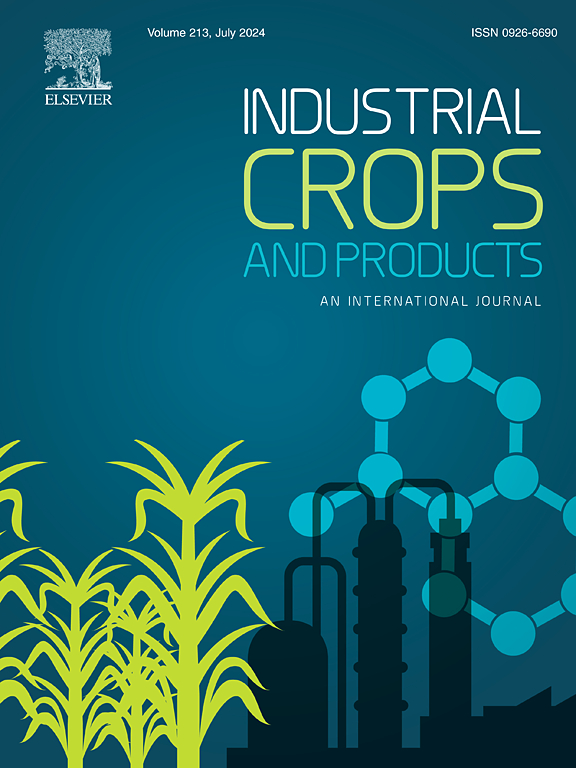Defence of Brassicaceae plants against generalist and specialised insect pests through the development of myrosinase mutants: A review
IF 5.6
1区 农林科学
Q1 AGRICULTURAL ENGINEERING
引用次数: 0
Abstract
The flowering plant family Brassicaceae includes several species of agricultural and scientific significance, such as Arabidopsis and Brassica. Brassica crops face biotic stress from a variety of insect pests, including sucking and chewing pests. Under normal conditions, glucosinolates are stable compounds within plant cells. However, plant tissue is disrupted glucosinolates and their associated enzyme myrosinase, which are stored in separate cellular compartments, interact. Upon insect attack, myrosinase catalyses the converstion of glucosinolate into toxic compoud including isothiocyanates, thiocyanates and nitriles. Recently, research efforts worldwide have fouced on developing myrosinase mutants within Brassicaceae species, which enhance defence against insect pest by incresaing the concentration of glucosinolate hydrolysis products and producing a pungent odour. The strategy for myrosinase mutation and the resulting plant defence mechanisms have been extensively studied over the past three decades. Despite the diverse techniques employed to generate myrosinase including Breeding, RNA Interferance (RNAi), Ablation and CRISPR-Ca12a technology, these plant exhibit both synergistic and antagonistic effect on the growth and performance of various chewing and sucking insect pests of Brassica crops. In conclusion new genomic technologies may allow for precise modifications to myrosinase genes in Brassica, enhancing resistance to insect pests. Understanding insect adaptations and integrating genetically modified crops with traditional pest management can create a holistic approach to reduce pesticide reliance. Furthermore, exploring secondary metabolites and conducting extensive field trials will be essential for evaluating the effectiveness and ecological impact of these genetic improvements.
Main conclusion
This review aims to provide in-depth knowledge of the myrosinase mutants developed and the different strategies adopted to mutate the myrosinase gene in Brassicaceae.
求助全文
约1分钟内获得全文
求助全文
来源期刊

Industrial Crops and Products
农林科学-农业工程
CiteScore
9.50
自引率
8.50%
发文量
1518
审稿时长
43 days
期刊介绍:
Industrial Crops and Products is an International Journal publishing academic and industrial research on industrial (defined as non-food/non-feed) crops and products. Papers concern both crop-oriented and bio-based materials from crops-oriented research, and should be of interest to an international audience, hypothesis driven, and where comparisons are made statistics performed.
 求助内容:
求助内容: 应助结果提醒方式:
应助结果提醒方式:


